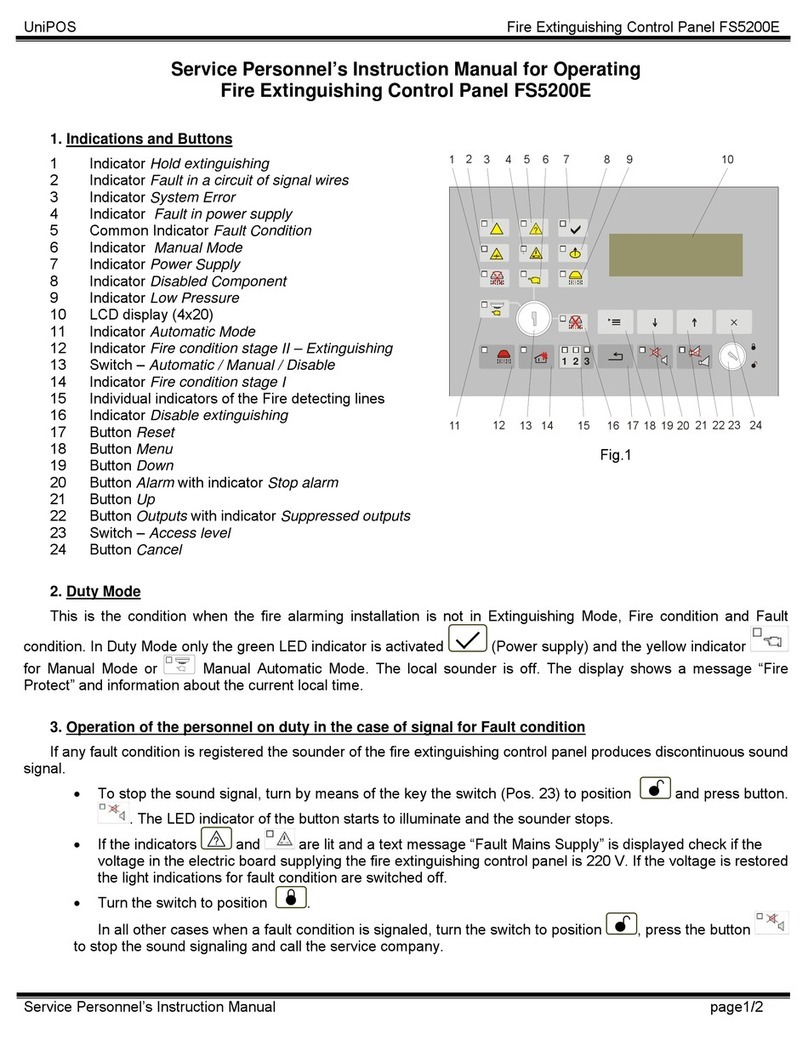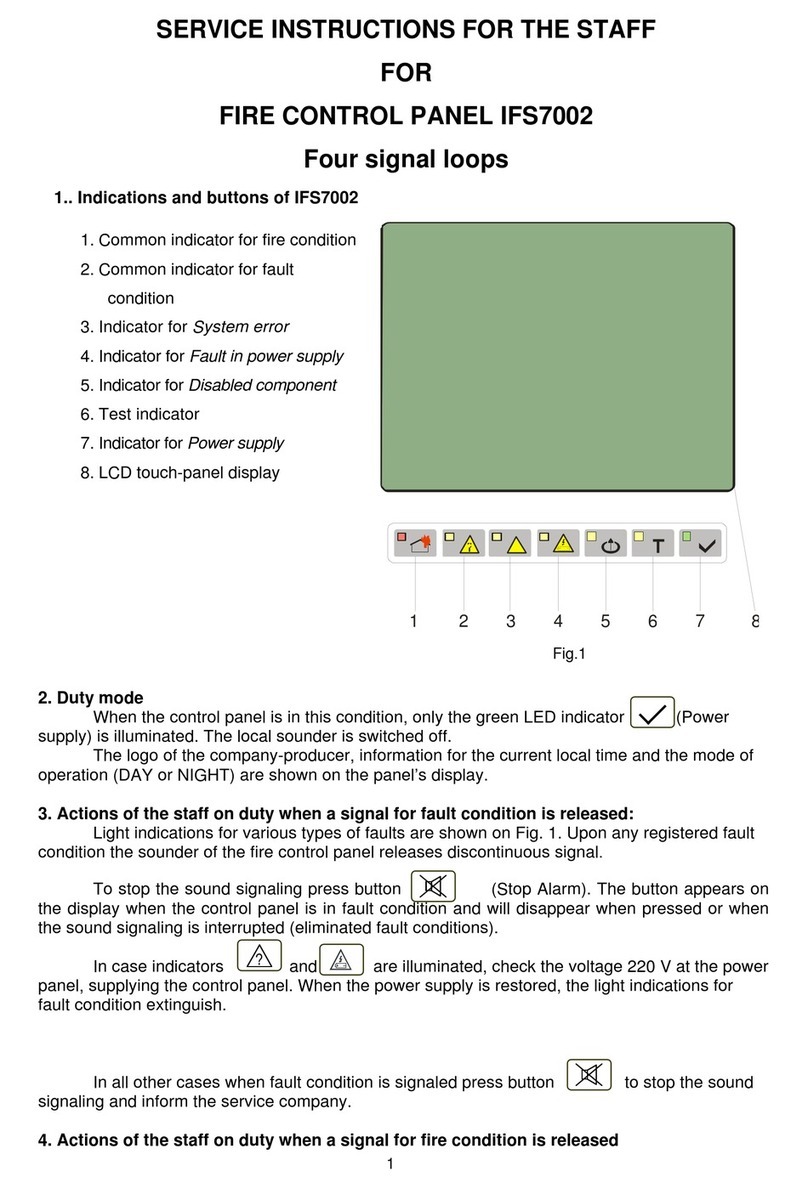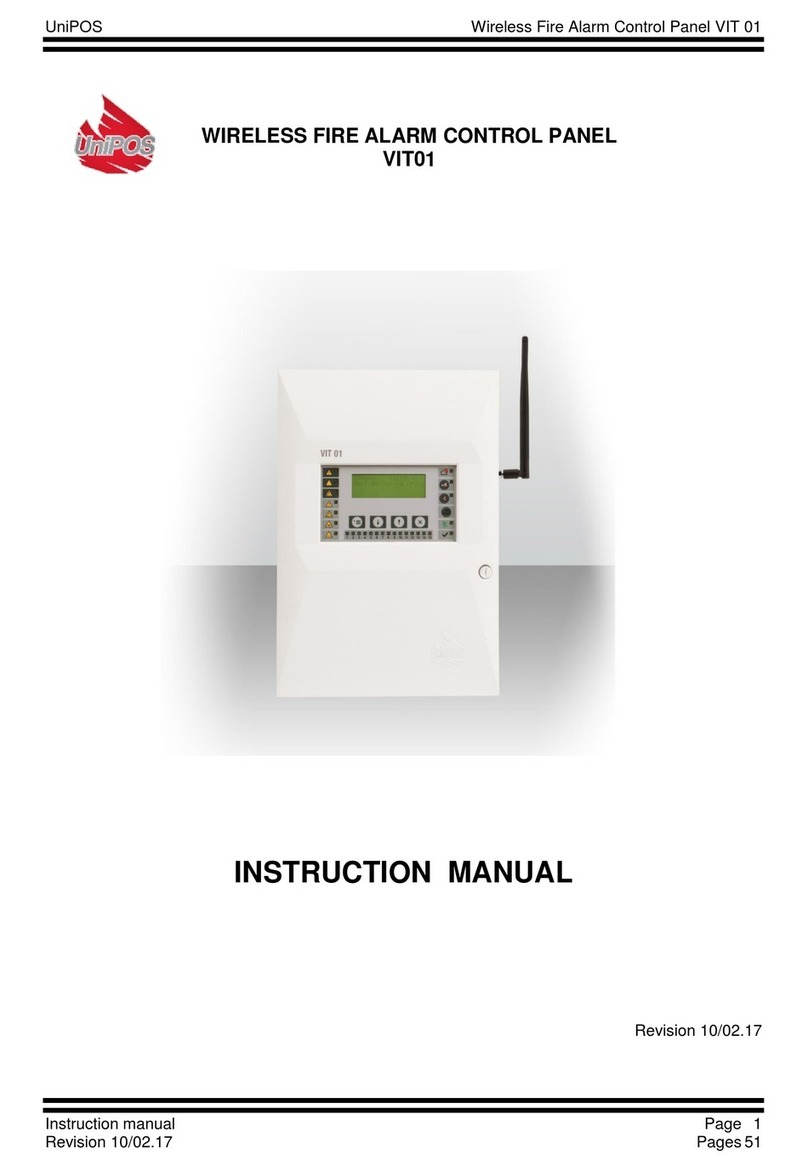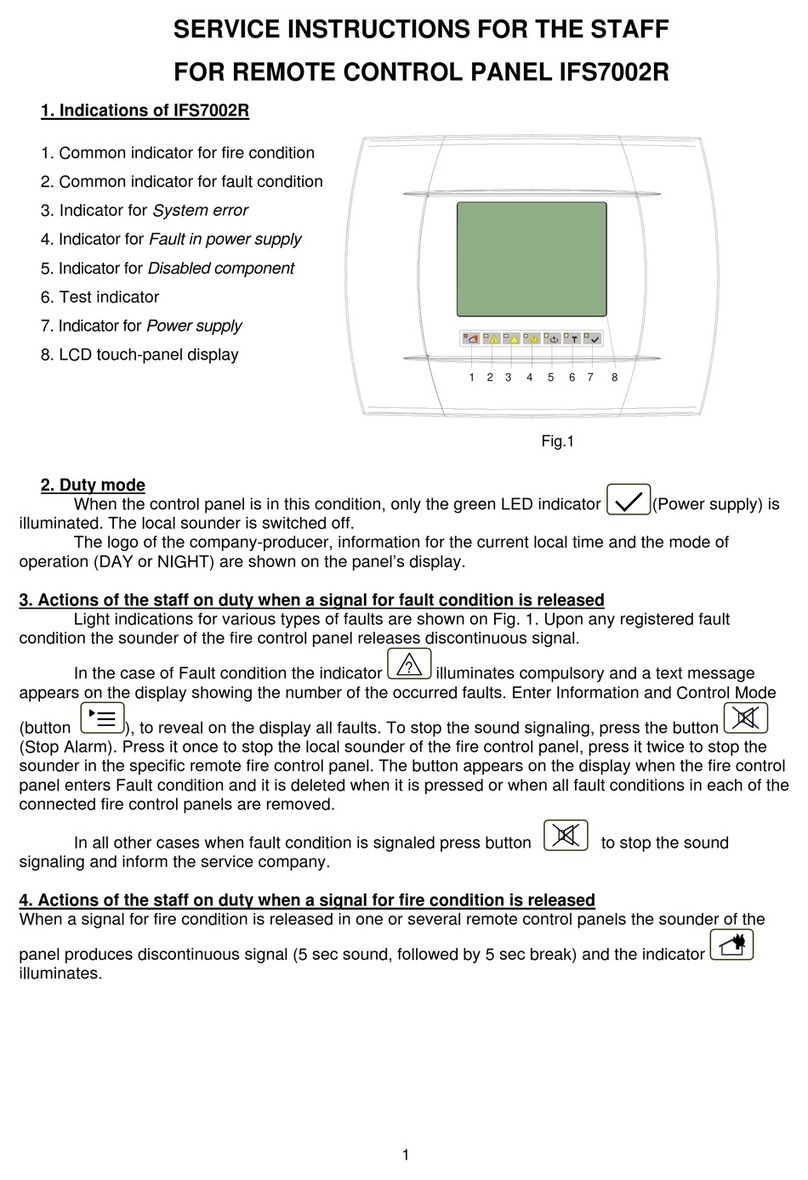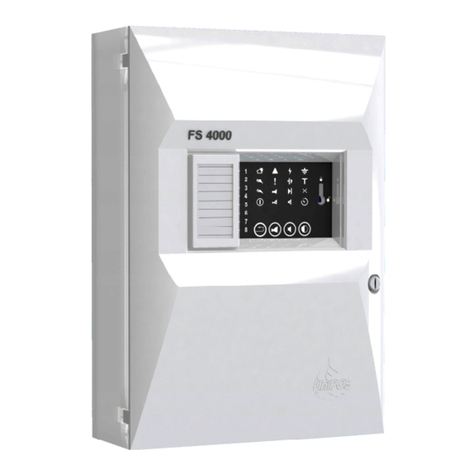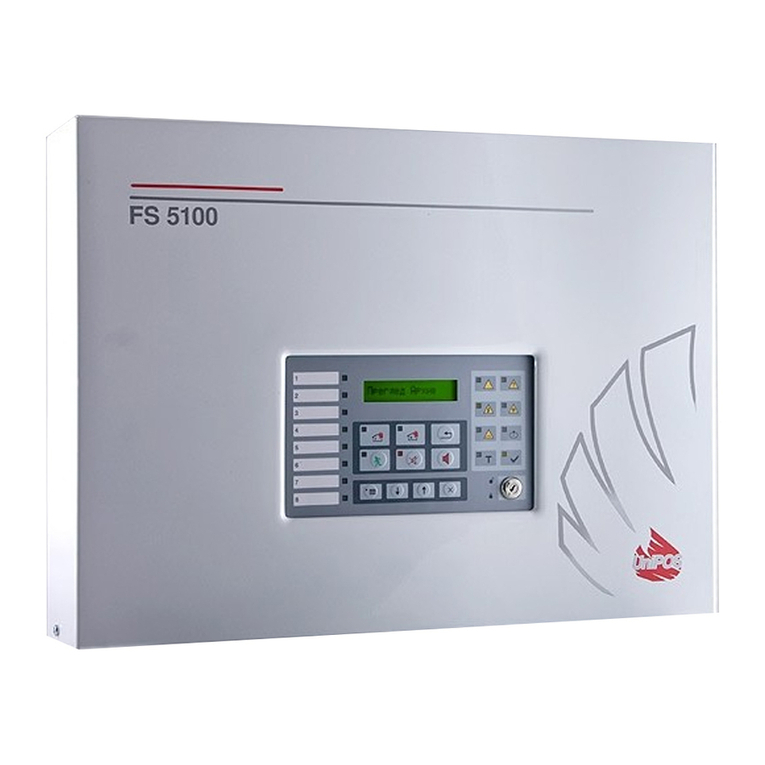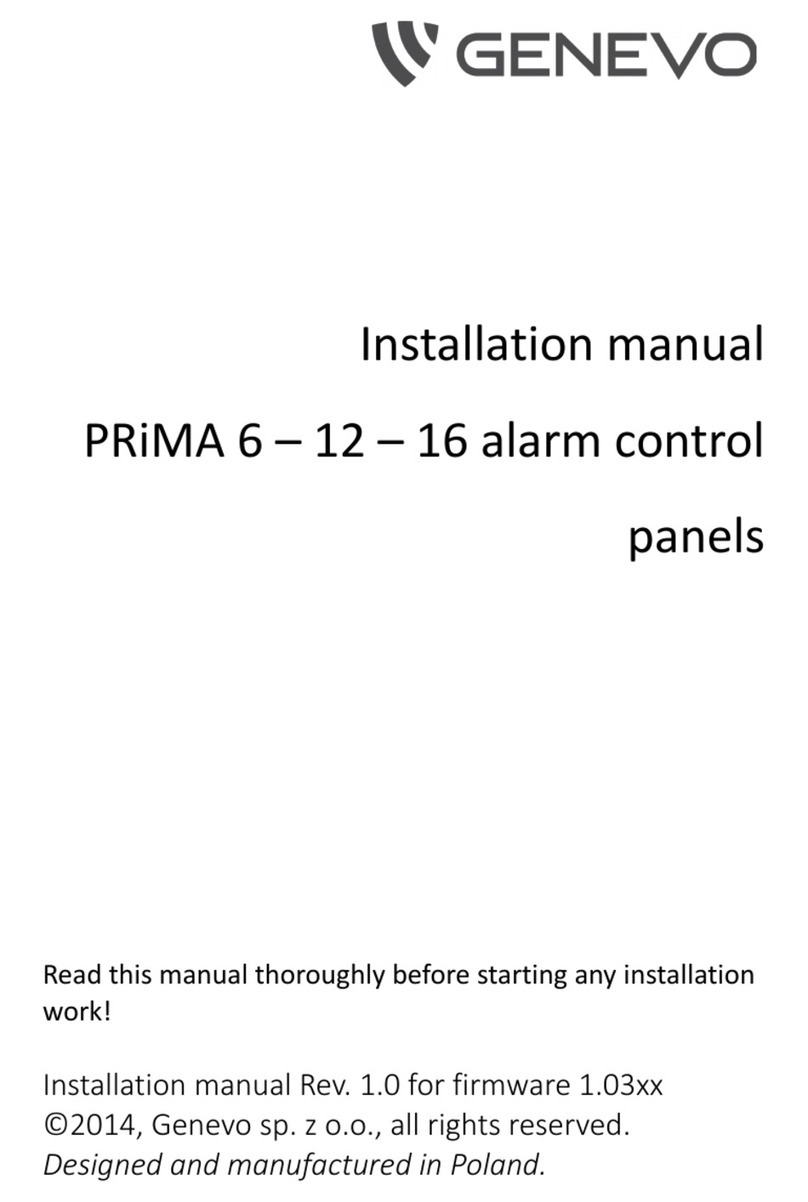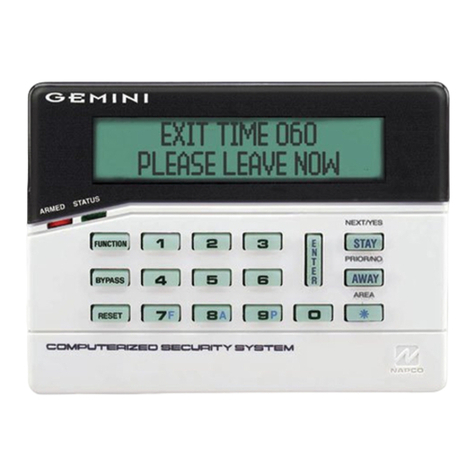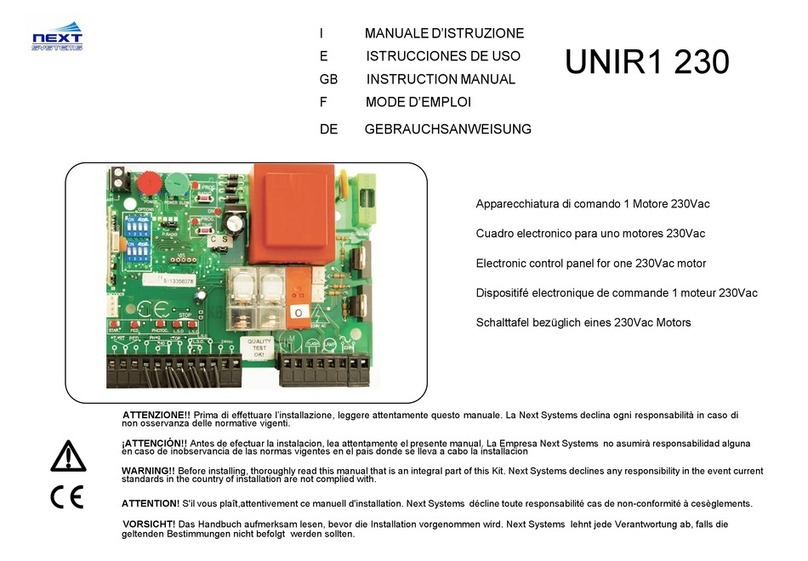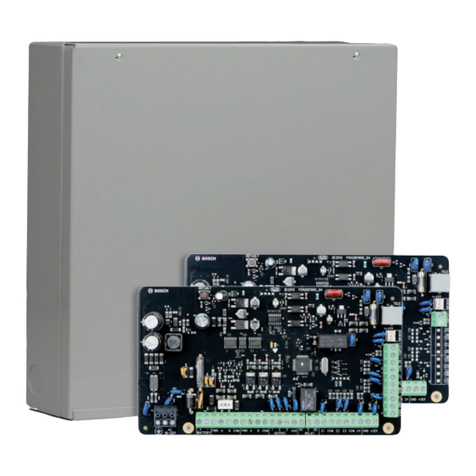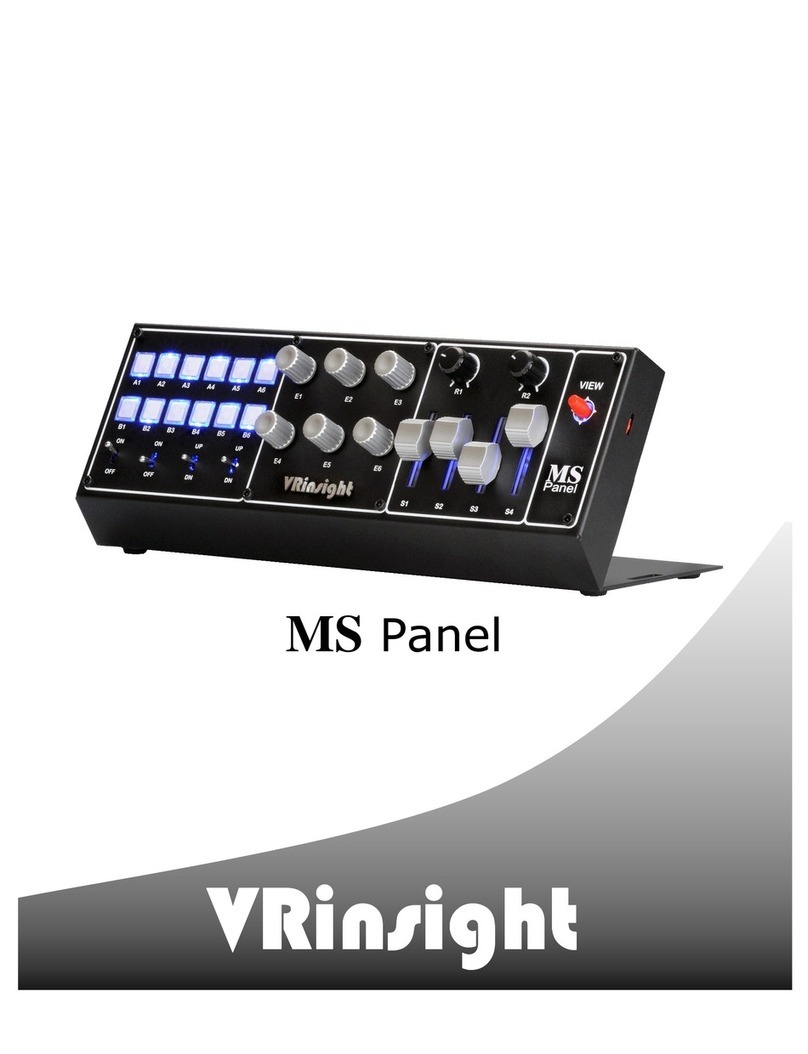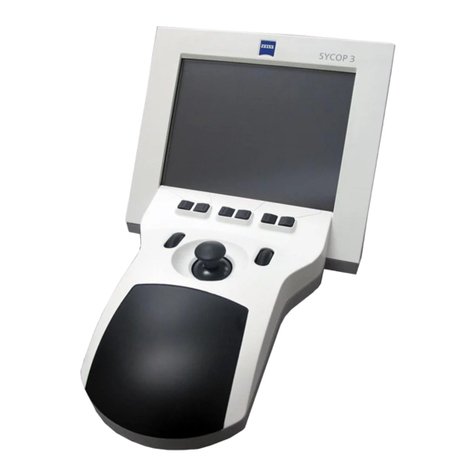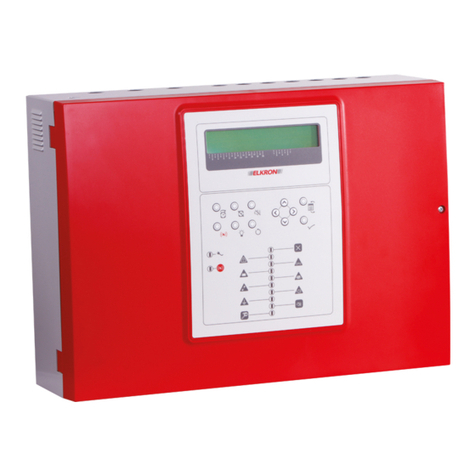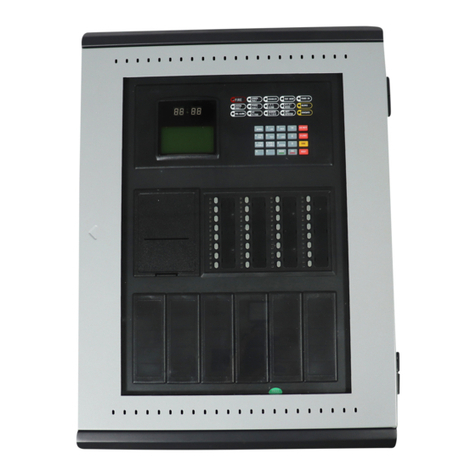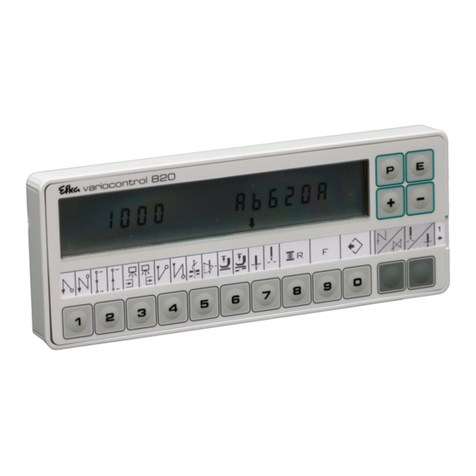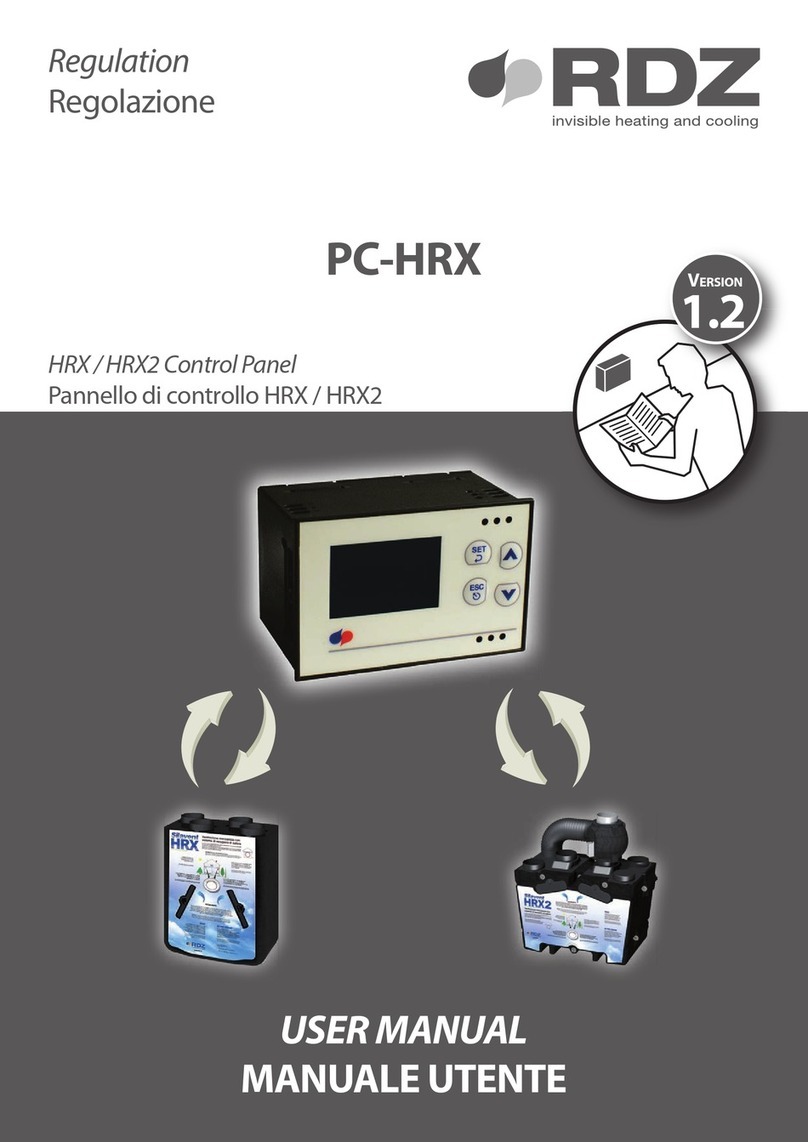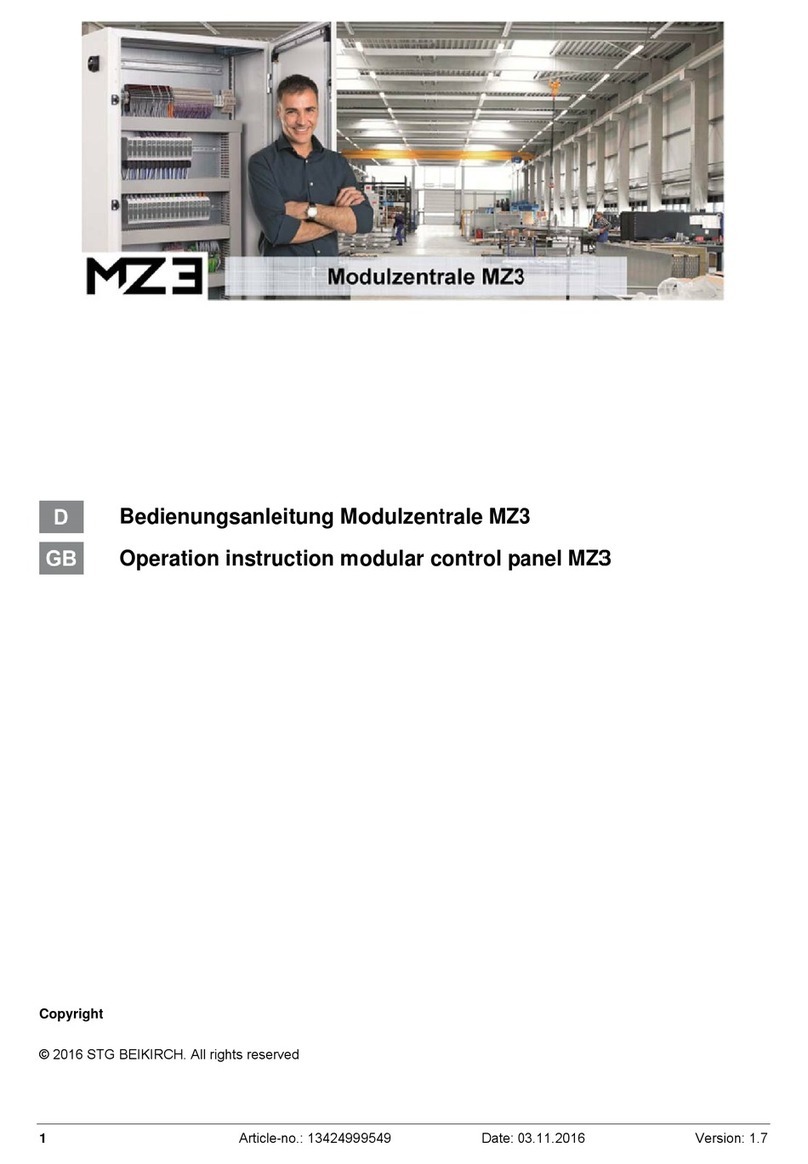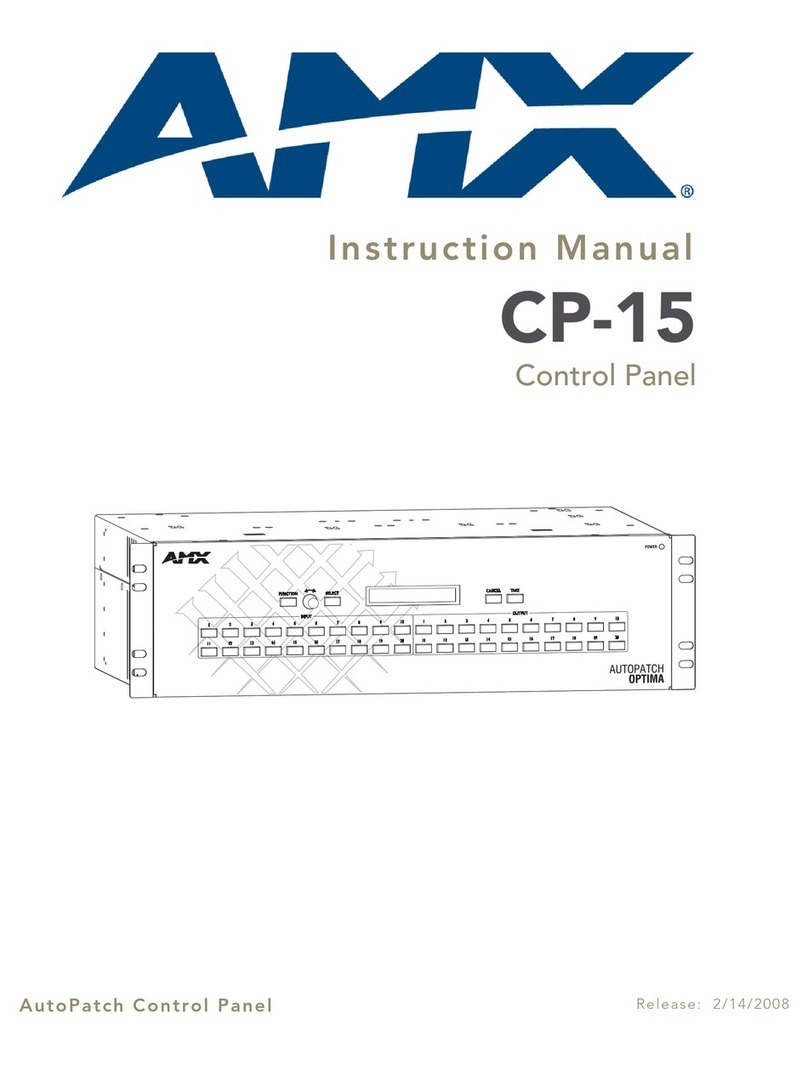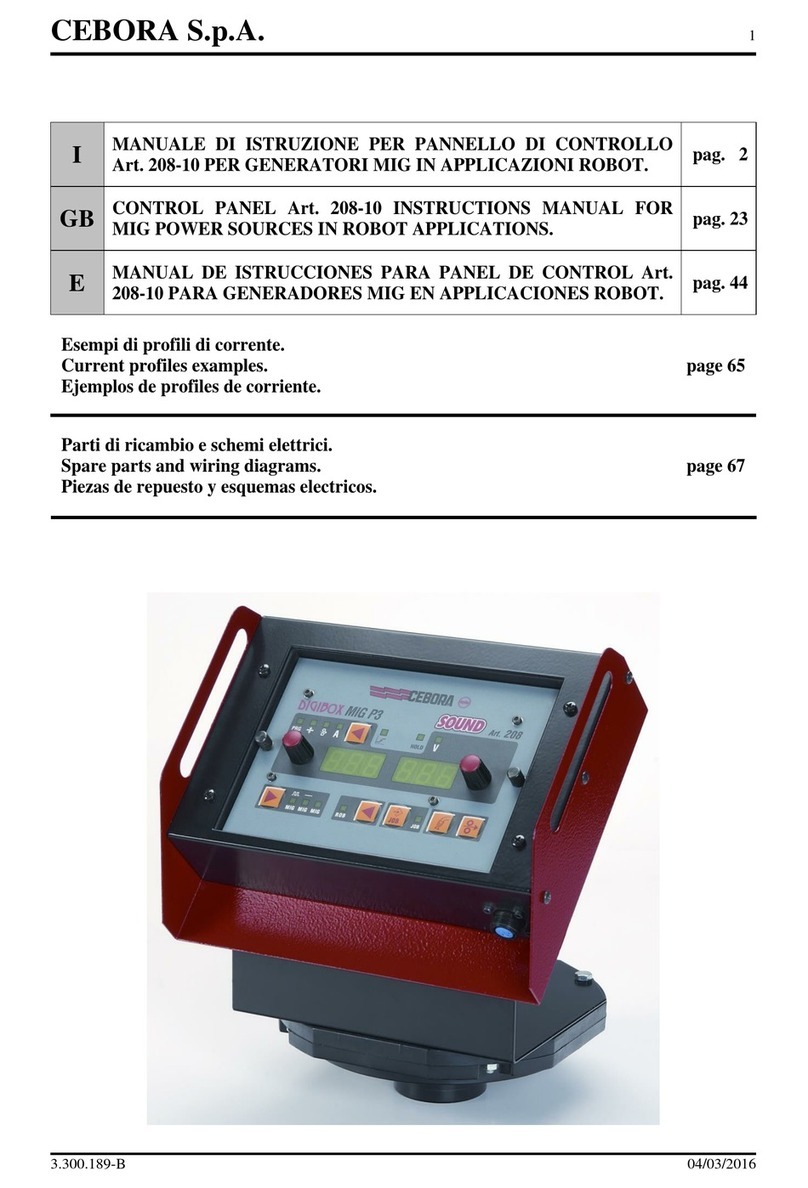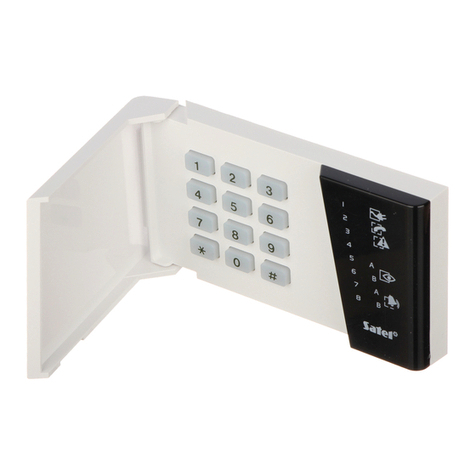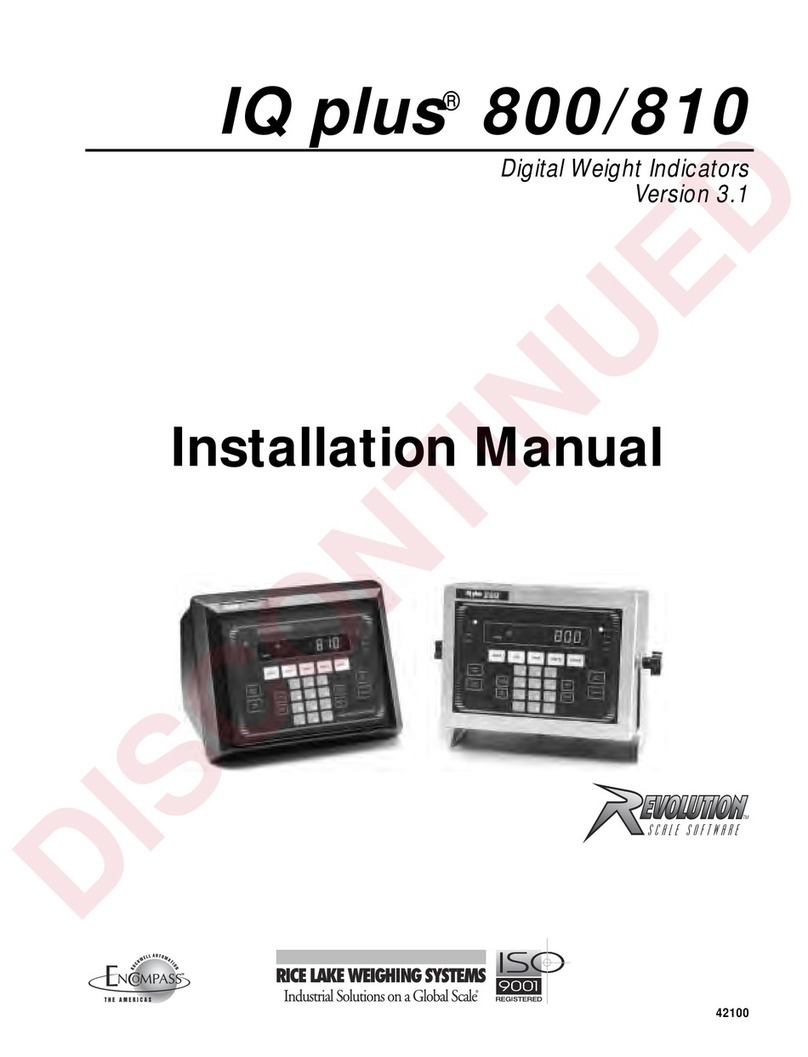UniPOS Fire Control Panel FS5200
Instruction manual Page 3
Revision 8/07.17 of 69
8. Fire condition ..............................................................................................................................15
8.1. Description.........................................................................................................................................15
8.2. Indication ...........................................................................................................................................16
8.2.1. LED and sound indication............................................................................................................................16
8.2.2. Text message................................................................................................................................................16
8.3. Using the keypad...............................................................................................................................17
9. Pre-Fire condition.......................................................................................................................18
9.1. Description.........................................................................................................................................18
9.2. Indication ...........................................................................................................................................18
9.2.1. LED and sound indication............................................................................................................................18
9.2.2. Text message................................................................................................................................................18
9.3. Using the keypad...............................................................................................................................18
10. Fault condition ..........................................................................................................................19
10.1. Description.......................................................................................................................................19
10.2. Indication .........................................................................................................................................20
10.2.1. LED and sound indication..........................................................................................................................20
10.2.2. Text messages ............................................................................................................................................20
10.3. Using the keypad.............................................................................................................................23
11. Disabled Component Mode.......................................................................................................23
11.1. Description.......................................................................................................................................23
11.2. Indication .........................................................................................................................................24
11.2.1. LED and sound indication..........................................................................................................................24
11.2.2. Text messages ............................................................................................................................................24
11.3. Using the keypad.............................................................................................................................24
12. Test Mode...................................................................................................................................24
12.1. Description.......................................................................................................................................24
12.2. Indication .........................................................................................................................................24
12.2.1. LED and sound indication..........................................................................................................................24
12.2.2. Text messages ............................................................................................................................................24
12.3. Using the keypad.............................................................................................................................25
13. Information and Control Mode.................................................................................................25
13.1. Description.......................................................................................................................................25
13.2. Menu Faults.....................................................................................................................................26
13.3. Menu Disabled components.............................................................................................................26
13.4. Menu Lines in test............................................................................................................................27
13.5. Menu Status......................................................................................................................................27
13.6. Menu Pre-Fire condition.................................................................................................................28
13.7. Menu System functions....................................................................................................................28
13.7.1. Function LED and sound indicators check up ...........................................................................................28
13.7.2. Menu Current in fire alarm lines ...............................................................................................................29
13.7.3. Menu Mode ................................................................................................................................................29
13.7.4. Menu Setting the clock...............................................................................................................................29
13.7.5. Menu Fire alarm lines test.........................................................................................................................31
13.7.6. Menu Disable fire alarm lines ...................................................................................................................31
13.7.7. Menu Disable controllable outputs............................................................................................................32

